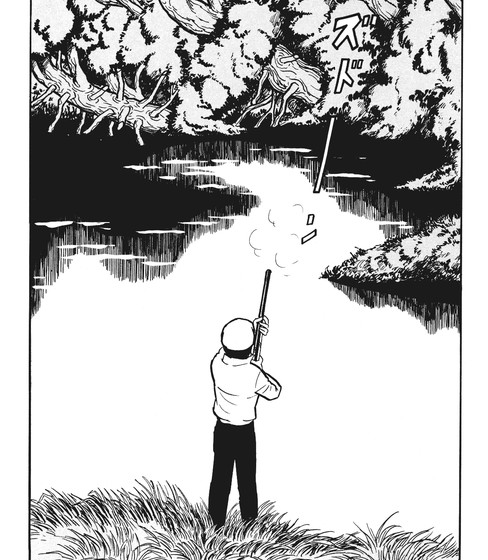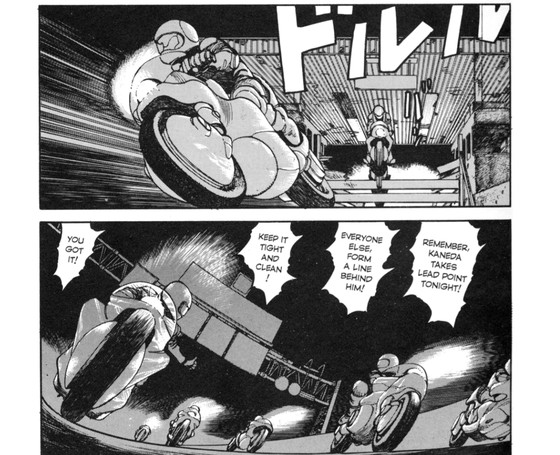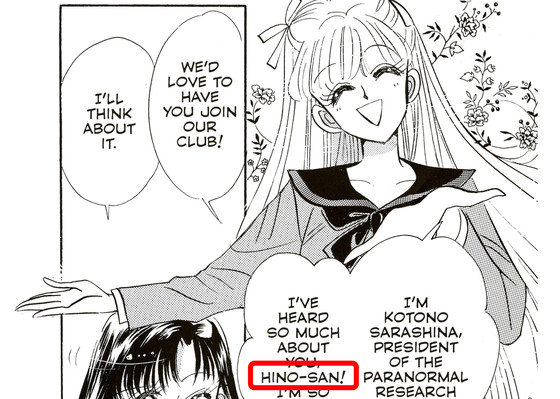The change in the way manga is translated into English is filled with the enthusiasm of American manga fans who want to enjoy Japanese manga itself

Japanese manga has become a content that is enjoyed all over the world, and translators are working to capture the nuances of Japanese lines and translate them into English and other languages. Also, American comics (American comics), which are mainly read in the United States, are written horizontally, so the comic panels are read from left to right, but Japanese manga is written vertically, so the panels are read from right to left. The New York Times explains how Japanese manga with such differences is translated into English.
How Manga Was Translated for America - The New York Times

If you pick up the translated version of the Japanese manga ' Dragon Ball Super (Super) ' at an American bookstore, it comes with a 'Reading Guide' like the image below. The reading guide says, 'You are reading it wrong.'Dragon Ball Super' is read from the upper right to the left, which is the opposite of the English manga,' and the order in which the characters read the frames and balloons. Includes illustrations that explain the characters.

The following is a reading guide included in the English version of '

According to the New York Times, Japanese manga was first introduced to the United States in the 1980s, a short history, and since then American companies have struggled with how to adapt the genre of `` manga '', which is different from `` comics '', to American readers.
The New York Times cites ' AKIRA ' as an example of the difference between Japanese manga and translated versions. Epic Comics , which released 'AKIRA' in the United States, chose to edit it so that it could be read in the same format as American comics. The following images are a comparison of the Japanese and English versions. In the Japanese version on the left, the frames and balloons are read in order from the upper right, while in the English version on the right, the original manuscript is reversed and colored, and the format is read from the upper left to the lower right.

By reversing the original manuscript so that it can be read in the same way as American comics, various changes have occurred, such as driving a Japanese car but being left-handed, all the characters are left-handed, and the scene where Tetsuo loses his right arm has changed to the scene where he loses his left arm. In other works, in order to make the format the same as American comics without flipping the manuscript, there were also cases where the panels were arranged side by side by swapping the left and right sides.

Whether it was flipping the manuscript or swapping the panels, it was costly and labor intensive to adapt to the American comic book format. Therefore, since around 2002,

In the past, Japanese manga was published in the same large size as American comics, but TOKYOPOP tried to publish it in a smaller and thicker style similar to the Japanese version. As a result, production became faster and cheaper, so other American publishers followed TOKYOPOP, and with the anime boom in the late 1990s, the Japanese manga format spread greatly.

In publishing in the same format as Japan, TOKYOPOP inserted a warning page on the last page that American comic readers first open, stating that 'Japanese manga is read differently.' Even after that, most companies continue to include warning pages for readers unfamiliar with Japanese manga.

When changing from the Japanese version to the English version, in addition to the order in which pages and panels are read, there are a number of issues that need to be dealt with. First of all, the position and shape of the balloon is important. In Japanese manga, most of the lines are written vertically, so the balloons are often vertically long. For example, in the early English version of 'AKIRA,' the balloons were all rewritten to match the English text.

Also, in

Manga often has Japanese text in addition to balloons. There are various patterns for translating such scenes, such as the following image, where the notation in the frame is left as it is and the meaning is explained outside the frame, or when only the important part of the text in the frame is rewritten into English.

Another important issue in manga translation is 'onomatopoeia'. There are far more onomatopoeias in Japanese than in English, and depending on the dictionary, there are hundreds to thousands of different onomatopoeias. Among them, the notation ``shien'', which represents silence, is often used as a sound effect, but there is no clear translation corresponding to ``shien'' in English. Therefore, it is often translated according to the situation, such as whether it simply expresses silence, suddenly becomes quiet when there is a lot of noise, or indicates a state where there is no one. For example, in the image below, 'NO BODY' is written for the frame that uses the sound effect 'Shin ...' because 'no one is there'.

Also, even expressions that are familiar in English may cause controversy to express the nuances of the onomatopoeia used in the original manga. The image below is a scene from Mr.

Unlike the text in balloons, onomatopoeias are often expressed in a devised form that matches the manga picture. Mr. Sarah Lindsley,

In addition, when it is difficult to separate the onomatopoeia from the manga picture, or when there are enthusiastic fans who are looking for a Japanese atmosphere, there are many cases where the original expression is emphasized and the onomatopoeia is not translated and left as it is. The new version of 'AKIRA' leaves the onomatopoeia and some expressions in Japanese, and explains the translation and transliteration as footnotes at the end of the book.

As manga became more popular, the number of fans who liked the Japanese style grew, and the idea spread that 'manga should be as close to the original as possible'. As a result, there are more cases where words that do not have simple translations in the English-speaking world, such as futons and Japanese paintings, are left untranslated as ``FUTON'' or ``NIHONGA'' instead of ``Japanese-style mattress'' or ``Japanese Art''.

Also, since English does not have personal expressions such as 'Mr.' Therefore, there are many cases where the Japanese pronunciation of '-SAN' and '-SAMA' is left as is. Similarly, there is no proper English translation for '~senpai', but even if it is expressed as '-SENPAI', American manga readers seem to understand the meaning as 'an expression found in Japanese manga'.

In addition, the New York Times points out that the movement of American manga to respect the Japanese format also extends to the notation of the author's name.

Related Posts:
in Manga, Posted by log1e_dh







